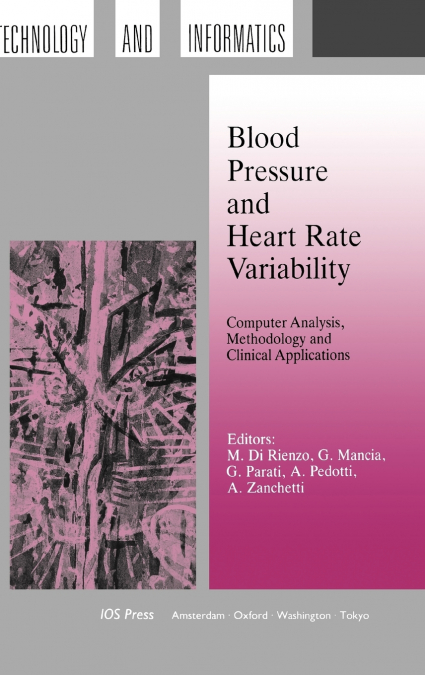
Technological progress has allowed us to develop devices which make it possible to record blood pressure and heart rate outside the real living conditions. Furthermore, technological progress has provided computer tools to analyse data on a beat-to-beat basis, offering a large body of information on the complex patterns of blood pressure and heart rate variability in health and in disease which has clarified a number of mechanisms responsible for cardiovascular regulation during the day and night. This book aims at providing an updated state of the art on the analysis of blood pressure and heart rate variability from the different perspectives of physiologists, clinicians and engineers by gathering the contributions of experts taken from both the biomedical and the engineering environment. In particular, attention was focused on 1) the methodology of ambulatory blood pressure and heart rate analyses, 2) the mathematical models that can be derived from the data and the implications they have for the understating of normal and deranged cardiovascular control and 3) the present and future use of computer analysis of dynamically collected observations for the diagnosis of cardiovascular diseases.